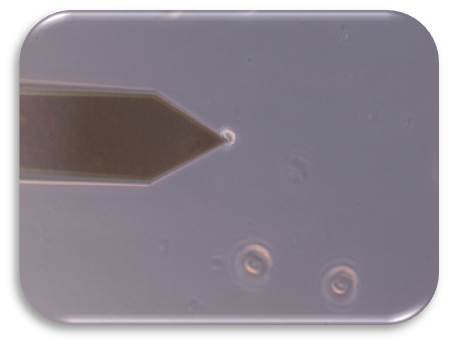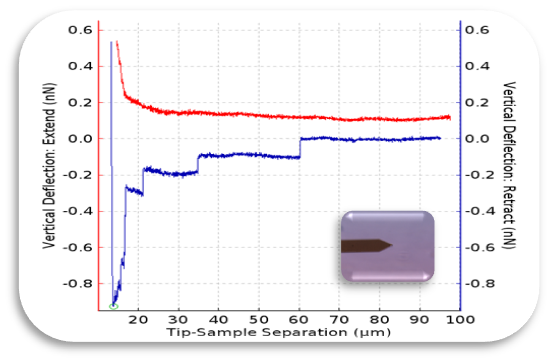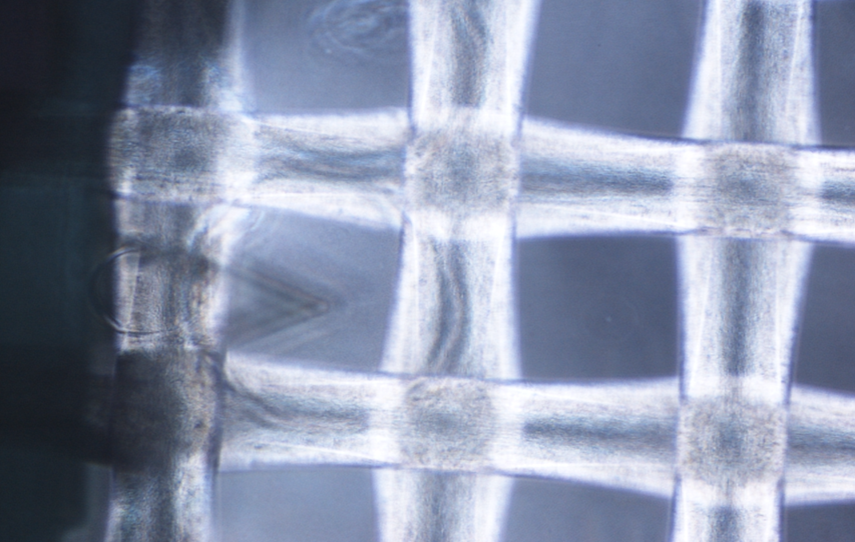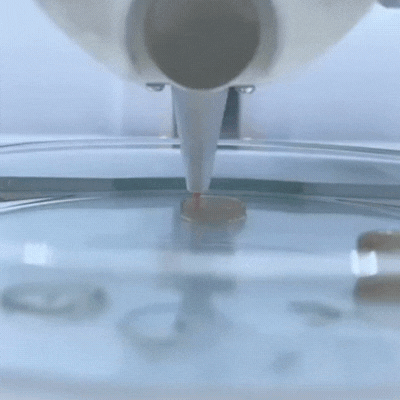U26-S04. In vivo NMR of small animals (zebrafish, Drosophila)
In vivo NMR of small animals (zebrafish, Drosophila)
The service is intended for obtaining images of small animals such as zebrafish, Drosophila. Also longitudinal studies can be performed. Thanks to a 14 T nmr equipment equipped with a micro-image probe
Customer benefits
The service is integrated in the University of Valencia core facility that ensures the correct maintenance and the offsite service runed by technicians under ISO 9001.
Target customer
The primary audience are pre-clinic research groups that require punctual or longitudinal studies on such small animals with high resolutions.













